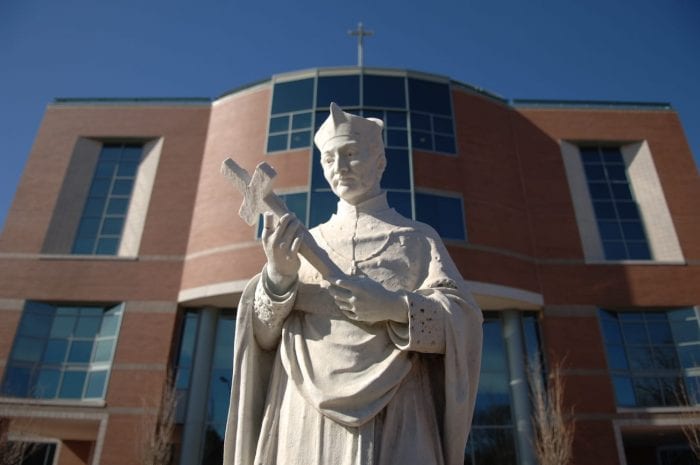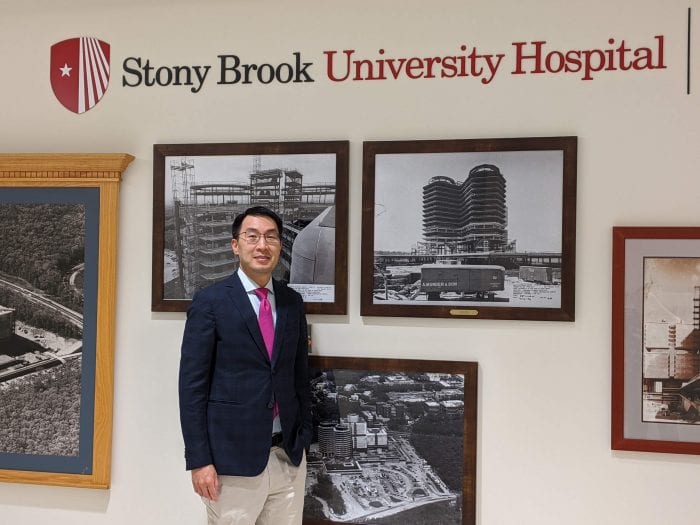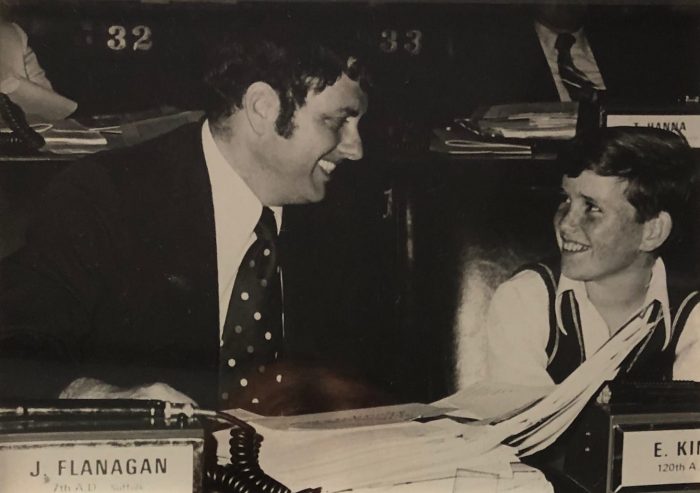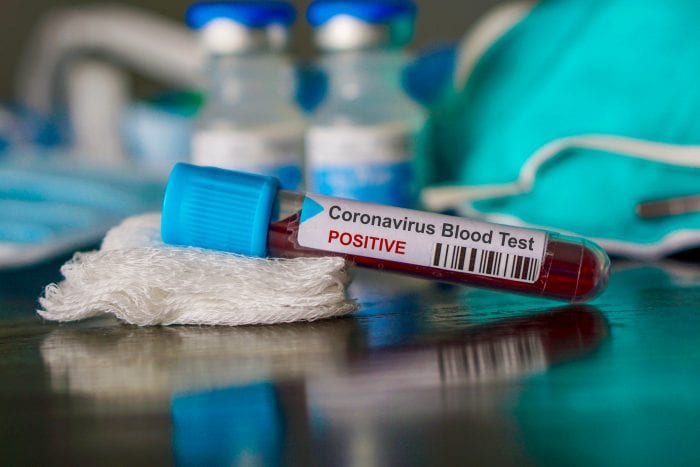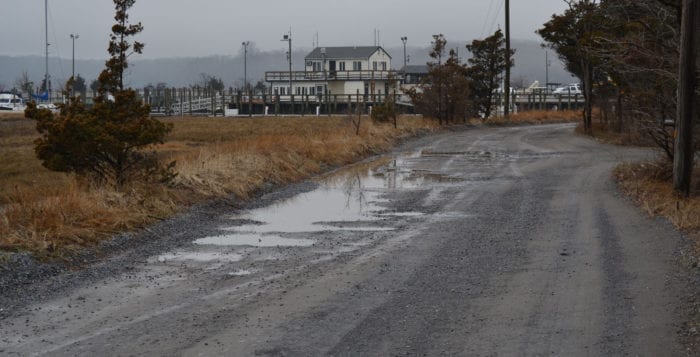At a time when budgets will be extremely tight amid the gradual economic recovery caused by the virus-induced economic shutdown, investing in organizations that help people deal with mental health problems and substance abuse now could save considerably more money later.
That’s the argument Family and Children’s Association Chief Executive Officer Dr. Jeffrey Reynolds makes, particularly as Suffolk and Nassau County Executives Steve Bellone (D) and Laura Curran (D) urge more federal aid for Long Islanders.
“When you have untreated mental health and substance abuse disorders, the county will pay for that one way or the other,” Reynolds said in an interview. “The question is: do you want to pay for it upfront or on the back end,” with the loss of life from drug overdoses.

Throughout Long Island, Reynolds, who had previously been the Executive Director of the Long Island Council on Alcoholism and Drug Dependence, said the emphasis on basic needs among families has increased, particularly as the number of unemployed in the area has approached 200,000.
Many of the unemployed are “involved in low wage jobs to begin with” and are living “at the margins,” so there is a need for food, rental assistance, and housing, he said. The basic needs have increased significantly.
The transition to telehealth has been effective for those with mild or moderate challenges and, in some ways, is even easier than walking into a church basement or going to a center. The first step, which is often the hardest in entering any kind of treatment program, involves fewer logistical challenges and allows people to remain anonymous.
At the same time, however, some of these virtual efforts are problematic for those who are dealing with a significant level of impairment.
People who have a more acute mental health condition are “less likely to engage via telehealth” and the same holds true for people with severe substance abuse, Reynolds said. “A virtual session is not the same as seeing them in person and groups are not the same as they were before.”
FCA has seen an increased demand for services for people who were anxious or depressed. Fear or a lack of control brought on by the virus is bringing some of these symptoms to the surface.
“Across the board, we are seeing an increased demand for services,” Reynolds said. “There is now space in which we’re not seeing that request.”
The virus has made health care disparities more visible. The numbers of illnesses and fatalities in Brentwood, for example, are 12 times higher than in Garden City. That relates to preexisting conditions like obesity and diabetes, but also to the crowded living conditions in Brentwood.
The combination of the business closings such as gyms, restaurants, movie theaters, and other enterprises creates anxiety and impacts family structure and family functioning, Reynolds said.
Long Island has had to cope with previous recessions and downturns from disasters like Superstorm Sandy, but this is “even deeper. I imagine we’re going to see the ripple effects for a decade to come.”
Reynolds is concerned about people returning to their normal lives at some point, without addressing underlying problems in the communities or with other families.
Still, Reynolds feels fortunate to work for an organization that has existed and helped communities and neighborhoods for 135 years. That means the group was around during the Spanish Flu in 1918 and 1919.
“What keeps me going is that we’re always had to do more with less,” Reynolds said. “We found hope in people’s lives where it seems like there isn’t.”
Indeed, the group not only survived the Spanish Flu, but also made it through both World Wars, the Great Depression, 9/11, and numerous natural disasters.
Additionally, on the positive side, the FCA can provide services in a much timelier way. People who call with a drug or alcohol problem can get some help within ten minutes. The current environment provides the equivalent of “treatment on demand,” Reynolds said.
The FCA head urged people to get involved, which could mean volunteering time at a school, offering help to a local charity or checking on an elderly neighbor.
He urged people to dedicate some of the time they spend on social media to helping others.
Reynolds has spoken with numerous people who have alcohol dependency. When they finally get treatment, some of them have said, “If it was that bad, why didn’t anybody say something to me?”
He urged friends and family to care for each other, asking about weight loss or prolonged sleep. He suggested having conversations that go beneath the surface.
Children and families benefit from structure, especially in a challenging environment. Reynolds suggested a regular evening meal time and a consistent time and place for homework.
Ultimately, as the head of a 135-year old organization, Reynolds said people need to believe that “you can get through this,” he said. “Even if it feels like the world is ending, it’s not.”







